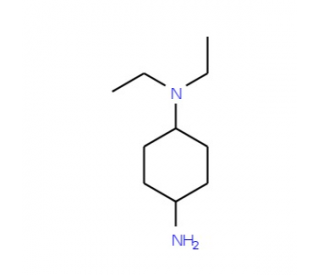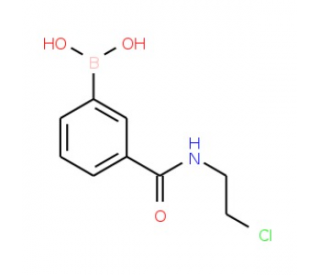详细说明
Species Reactivity
Mouse
Specificity
Detects mouse FGF R5/FGFRL1 in direct ELISAs and Western blots. In direct ELISAs, no cross-reactivity with recombinant human (rh) FGF R1 alpha (IIIb), 1 alpha (IIIc), 1 beta (IIIb), 1 beta (IIIc), recombinant mouse (rm) FGF R2 alpha (IIIb), 2 alpha (IIIc), 2 beta (IIIb), 2 beta (IIIc), 3 alpha (IIIb), 3 alpha (IIIc), rmFGF R4, or rhFGF R5 is observed. Was not tested for cross-reactivity with rmFGF R5 gamma.
Source
Monoclonal Rat IgG 2B Clone # 223003
Purification
Protein A or G purified from hybridoma culture supernatant
Immunogen
Mouse myeloma cell line NS0-derived recombinant mouse FGF R5/FGFRL1
Ala21-Pro374
Accession # Q91V87Formulation
Lyophilized from a 0.2 μm filtered solution in PBS with Trehalose. *Small pack size (SP) is supplied as a 0.2 µm filtered solution in PBS.
Label
Unconjugated
Applications
Recommended
ConcentrationSample
Western Blot
1 µg/mL
Recombinant Mouse FGF R5/FGFRL1 Fc Chimera (Catalog # )
Please Note: Optimal dilutions should be determined by each laboratory for each application. are available in the Technical Information section on our website.
Preparation and Storage
Reconstitution
Reconstitute at 0.5 mg/mL in sterile PBS.
Shipping
The product is shipped at ambient temperature. Upon receipt, store it immediately at the temperature recommended below. *Small pack size (SP) is shipped with polar packs. Upon receipt, store it immediately at -20 to -70 °C
Stability & Storage
Use a manual defrost freezer and avoid repeated freeze-thaw cycles.
12 months from date of receipt, -20 to -70 °C as supplied.
1 month, 2 to 8 °C under sterile conditions after reconstitution.
6 months, -20 to -70 °C under sterile conditions after reconstitution.
Background: FGF R5/FGFRL1
Fibroblast growth factor receptor 5 (FGF R5), also known as FGRL1, is a 65 kDa transmembrane member of the FGF receptor family (1). Mature mouse FGF R5 consists of a 354 amino acid (aa) extracellular domain (ECD) with three immunoglobulin-like domains, a 21 aa transmembrane segment, and a 134 aa cytoplasmic domain (2). FGF R5 is distinct from other FGF receptor family members in that it does not contain a cytoplasmic tyrosine kinase domain (2, 3). Within the ECD, mouse FGF R5 shares 94% and 98% aa sequence identity with human and rat FGF R5, respectively. Alternate splicing results in an isoform that lacks the first Ig-like domain (2). FGF R5 is widely expressed, and expression of two species of mRNA in cartilage and pancreas may indicate the presence of both splice forms (2‑6). Both the full length and truncated isoforms of FGF R5 bind FGF basic; the full length form additionally binds to heparin (2, 6). FGF R5 may function as a decoy receptor by binding FGF but not transducing its mitogenic signals (6).
References:
Mohammadi, M. et al. (2005) Cytokine Growth Factor Rev. 16:107.
Sleeman, M. et al. (2001) Gene 271:171.
Kim, I. et al. (2001) Biochim. Biophys. Acta 1518:152.
Antoine, M. et al. (2005) Growth Factors 23:87.
Wiedemann, M. et al. (2000) Genomics 69:275.
Trueb, B. et al. (2003) J. Biol. Chem. 278:33857.
Long Name:
Fibroblast Growth Factor Receptor-like 1
Entrez Gene IDs:
53834 (Human); 116701 (Mouse)
Alternate Names:
FGF homologous factor receptor; FGF R5; FGF receptor-like protein 1; FGFR5; FGFR-5; FGFRL1; FGFR-like protein; FHFR; Fibroblast growth factor receptor 5; fibroblast growth factor receptor-like 1










 粤公网安备44196802000105号
粤公网安备44196802000105号